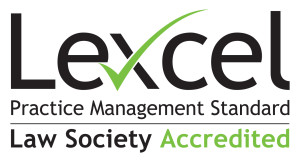Creative Legal Solutions
Legal advice from a law firm that cares
We're a UK and London-based law firm specialising Real Estate and Dispute Resolution & Litigation. With decades of experience, we'll work together to reach your desired outcome with solution-driven plans, tailored to your needs.

Business law
Healys lawyers provide more than just business legal advice; our Business Law team will work closely with you to understand the legal needs of your business.


Personal law
Healys' lawyers are experienced in providing legal services and assistance to individuals and will work with you on any personal legal matter.


Real Estate law
Our accredited and award-winning real estate group has an exceptional reputation for delivering a first-class, partner-led service at competitive rates.

Healys is proud to be recognised as a
first-rate law firm within the legal industry.




















Fully accredited in everything we do











We pride ourselves on building authentic, long lasting relationships with our clients.
With a dedicated lawyer to provide you with the full support that you deserve, you will be updated at every step of the way on the progress of your case. Whether you are in London, elsewhere in the UK, or one of our international clients, we will make sure you get the service you need.
Let's talkFounded in 1980
Healys has a proven track record of achieving excellence for our clients. Our international reach, combined with our reputation for innovative legal solutions, means you will be in the hands of some of the best legal practitioners in the country.
Learn more about us


We’re on your side
Healys lawyers don’t believe in legal jargon, but rather in having straightforward, open discussions, updating you every step of the way on the progress of your case.





